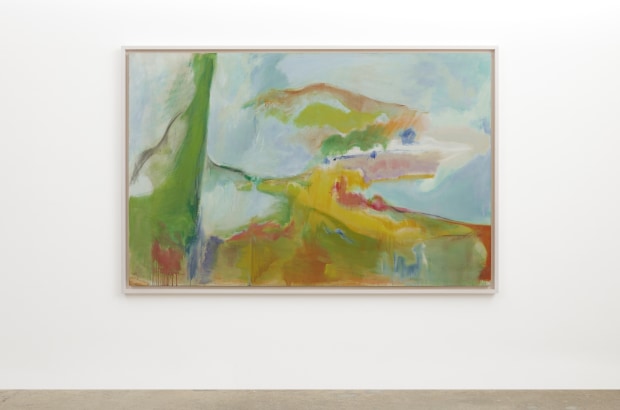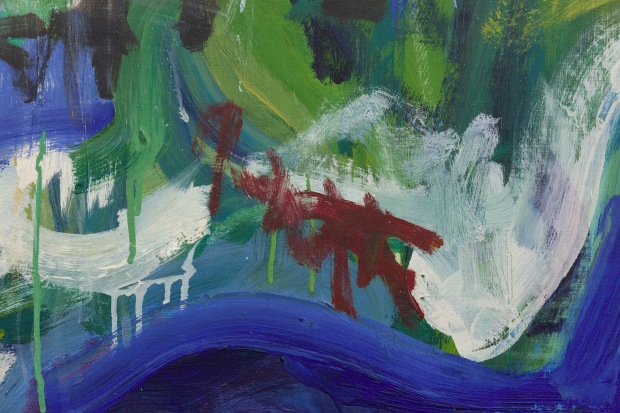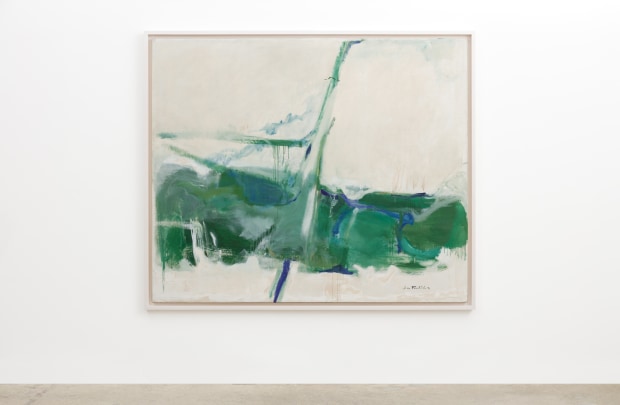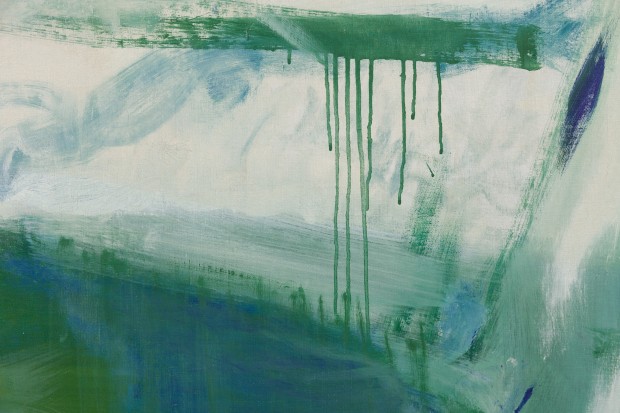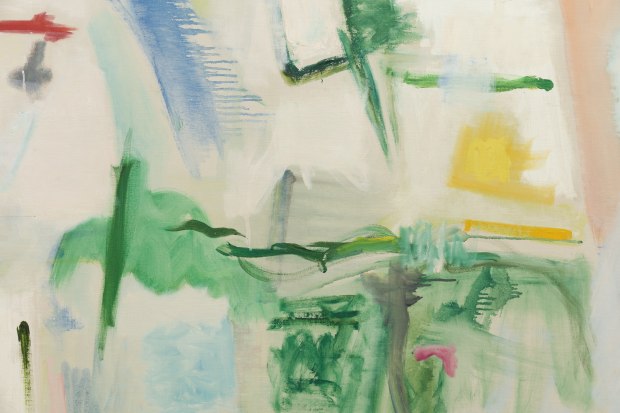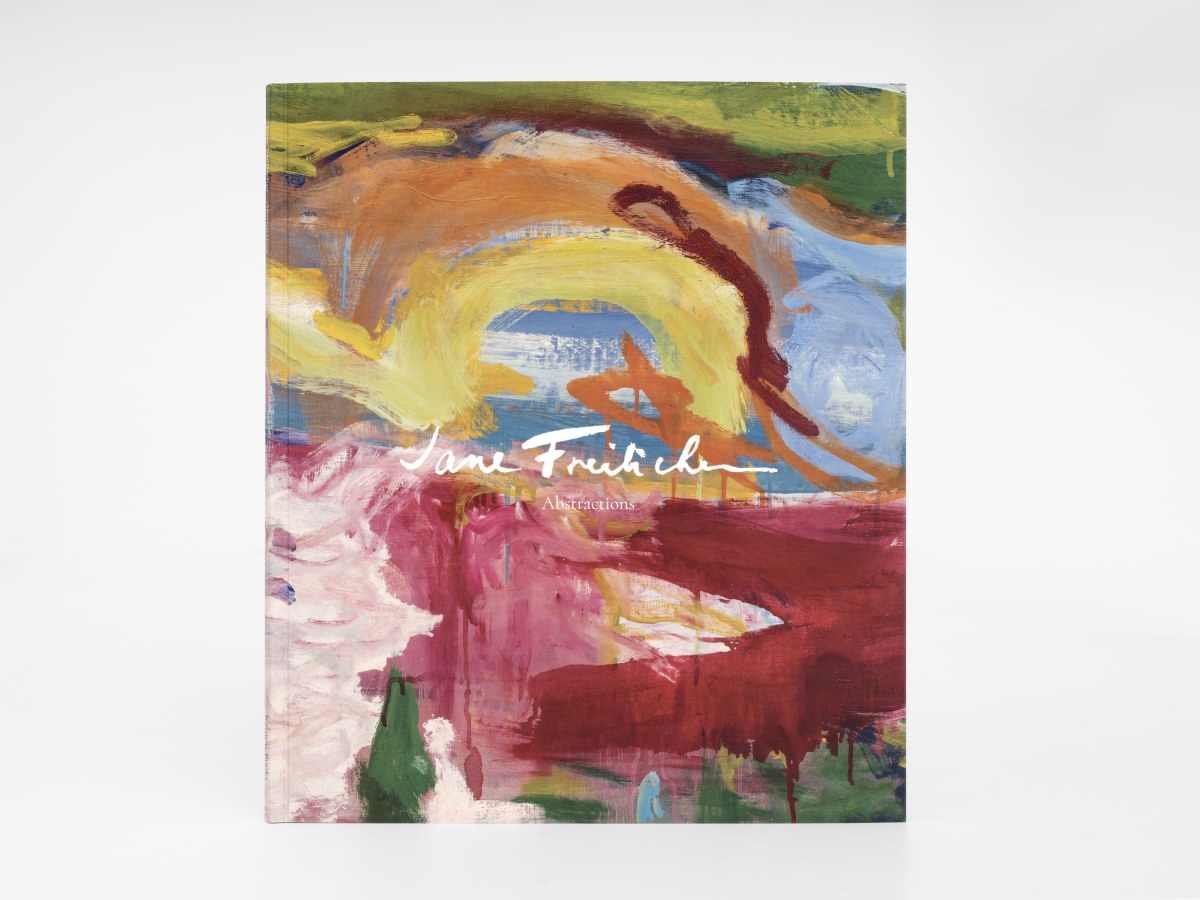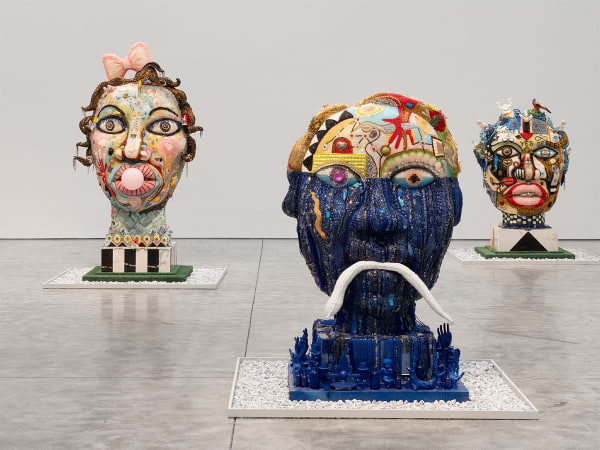Jane Freilicher: Abstractions
-
-
The first exhibition to focus exclusively on Jane Freilicher’s rarely-seen large-scale abstractions is on view at Kasmin’s 509 West 27th Street space from March 2 – April 22, 2023. Demonstrating the expansiveness of Freilicher’s visual language and underscoring her contribution to a generation of New York City painters, Abstractions offers an opportunity to discover a series of work by an artist known primarily for her distinctive style of painterly representation.
This is the third solo exhibition of work by Jane Freilicher to be staged at Kasmin, and it will be accompanied by a fully-illustrated catalogue featuring an introduction by Mary Gabriel, author of Ninth Street Women, and an essay by writer and scholar Erin Kimmel.
-
The exhibition presents a group of paintings in degrees of abstraction, realized by Freilicher between 1958 and 1962, a period of great inventiveness when the artist was spending stretches of time in Long Island but had yet to establish a studio there. The series marks a crucial moment of discovery and focus for Freilicher, who went on to integrate the freedom, fluidity, and confidence developed during this period into her more recognizable still lifes and landscapes of later decades.
-
-
"The magnificent works in this exhibition put her where she belongs in the Abstract Expressionist canon—at the heart of the most advanced painting of her time. How lucky are we to have the chance to rediscover her." —Mary Gabriel
-
-
 Jane Freilicher in front of her Water Mill home under construction, 1960.
Jane Freilicher in front of her Water Mill home under construction, 1960. -
Breaking out of the domestic scale necessitated by previous studio spaces, this generative period saw Freilicher regularly visiting Water Mill and then returning to her Manhattan studio where she would collapse the formal elements of the rural and coastal environments into energetic, improvisational paintings that were significantly larger than her earlier works. While approaching pure abstraction, the paintings from this period retain a compositional recognition of their ordering principles—the horizon line, a boat’s mast, the position of the sun in the sky, and, in the artist’s words, “long vistas of clouds and water.”2
The metamorphosis of landscapes that figure prominently in the artist’s life are representative of, as Roberta Smith identified in 2006, “a more personal, grounded version of Color Field painting.”3 This observation bridges Freilicher to a loose group of contemporaries whose considerations of their immediate environments brought great warmth and aliveness to varying shades of abstraction—Milton Avery, Etel Adnan, Joan Mitchell, Agnes Martin, and Willem de Kooning (whose own abstract landscapes inspired by his time on Long Island went on view at Sidney Janis Gallery in 1959).
-
-
-
 Jane Freilicher in her Water Mill studio, 1972. Photograph by Joseph Hazan.
Jane Freilicher in her Water Mill studio, 1972. Photograph by Joseph Hazan. -
"The works [...] are weightless and luminous, rich and complex, passionate and pure. They also possess the quality that the very best abstract paintings share: they are portraits of the artist herself." —Mary Gabriel
-
Publications
-
About the Artist
 Photo by John Jonas Gruen.
Photo by John Jonas Gruen. -
Explore
-

vanessa german: GUMBALL—there is absolutely no space between body and soul
April 3 – May 10, 2025 509 West 27th Street, New York, 514 West 28th Street, New YorkKasmin presents its second solo exhibition of new work by artist vanessa german, which debuts related bodies of sculpture across two of the gallery’s spaces in New York. The exhibition deepens german’s singular approach to sculpture as a spiritual practice with the power to transform lived experience. Both series comprise mineral crystals, beads, porcelain, wood, paint and the energy that these objects bring to life to form monumental heads and figures in the act of falling. Together, each body of work envisions the transformation of consciousness necessary to imagine a new world. -

Helena Foster: Time Honoured
April 3 – May 3, 2025 297 Tenth Avenue, New YorkThe first New York solo exhibition of London-based painter Helena Foster features new oil paintings on linen, paper, and vellum that express the artist’s lyrical approach to painting as an accumulation of cultural and generational wisdom. Foster draws freely from literature, theater, film, Igbo oral tradition, and religion, achieving a dreamlike aura of mystery in dynamic compositions ambiguously set between thick vegetation and the built environment.
-


